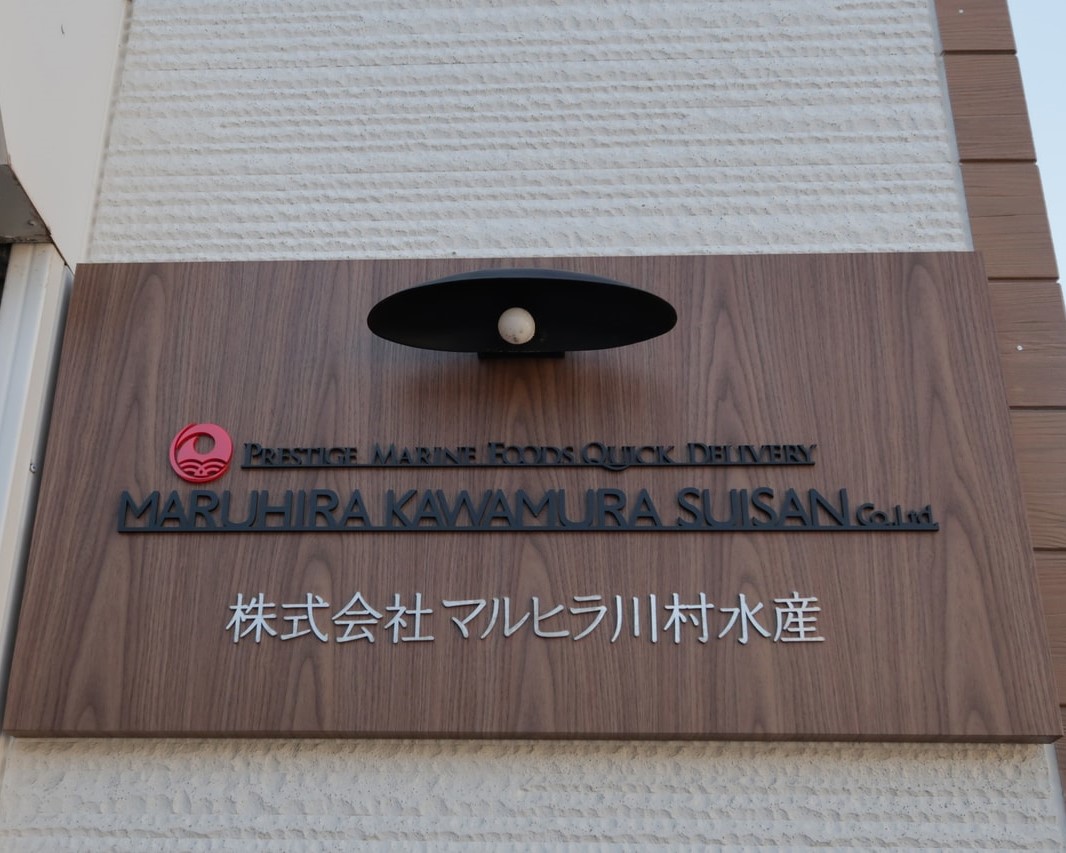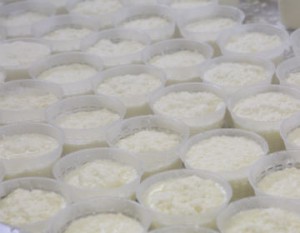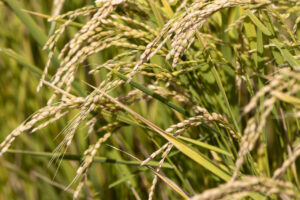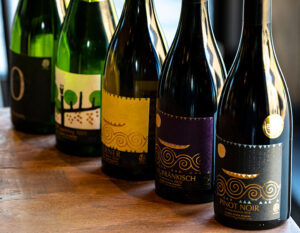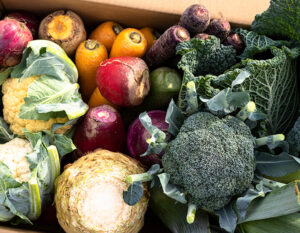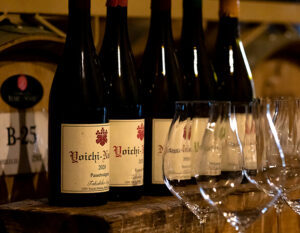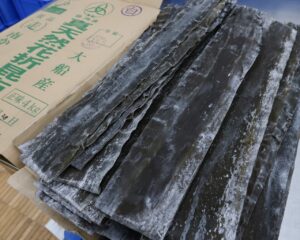Maruhira Kawamura Suisan, located in Hakodate, Hokkaido, with the Tsugaru Straits stretching out before its eyes, is a seafood company that
handles everything from the careful selection of fresh fish to processing, allowances, and transportation.
With its professional eye for quality, the quality of its condition-based fish processing, and the speedy and flexible delivery using both air and bullet trains,
it has earned the complete trust of top chefs across the country.
Hakodate has an exotic cityscape, a beautiful night view of Mt. Hakodate, and an abundance of fishing grounds where warm and cold currents intersect. Top chefs from all over Japan rely on Maruhira Kawamura Suisan for the best selection of fish that Hakodate has to offer. In response to customer demand, the company’s second generation owner, Junya Kawamura, has also begun shipping fish by Shinkansen bullet train. What is Mr. Kawamura’s secret desire to deliver high quality, fresh fish from Hakodate to every corner of Japan?
From squid grown in the rapids to hairy crabs and yellowtail
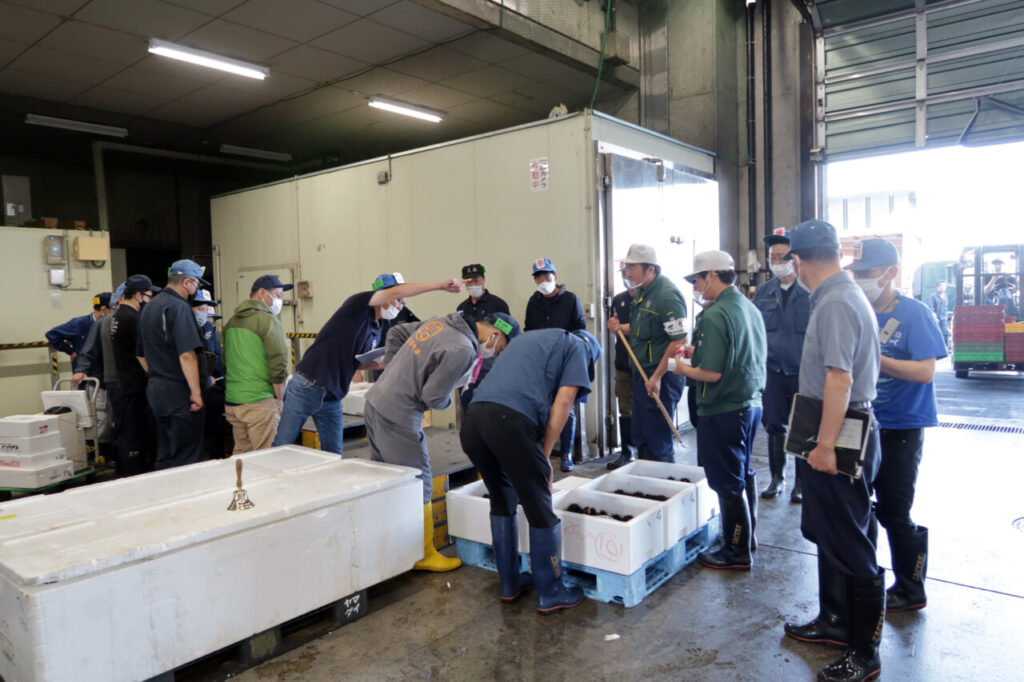
Located at the southern tip of Hokkaido, Hakodate is a port town blessed by the Tsugaru Straits, the Pacific Ocean, and Eruption Bay (Uchiura Bay). It is known for its history as a port of call for the Kitamae Ship in the old days, and as a trading port that opened its doors after Perry’s arrival. The Tsugaru Straits, with the Tsushima Current (warm current) and the Oyashio Current (cold current) flowing into and colliding with each other, form a complicated coastline reminiscent of the shape of Tomoe. This is why Hakodate attracts a wide variety of fish species from season to season.
One of Hakodate’s specialties is surume-ika (Japanese common squid), known as “mai-ika” in Hokkaido. The Tsushima Current from Kyushu, the Black Current from the Pacific Ocean, and the Kurushima Current from the north collide in the Tsugaru Strait, creating a torrent of water. It is said to be one of the roughest waves on earth. Squid are fed on the high quality plankton nurtured in the rapids, and are rubbed by the currents. Squid that has been rubbed by the torrent is very sweet, has a great texture, and is delicious.”
Junya Kawamura of Maruhira Kawamura Suisan gave us a rundown of the delicious squid, a local Hakodate specialty. Kawamura is the second generation owner of Maruhira Kawamura Suisan, a fresh fish store that has been in business for over 50 years, located right next to the Hakodate Municipal Marine Products Local Wholesale Market. The store, which started as a fish shop in the town, now delivers fresh seafood from Hakodate to restaurants and other food service establishments nationwide, mainly through wholesale sales.
Because of its location in the relatively southern part of Hokkaido, Hakodate offers a wide variety of fish, from those that live in cold waters to those from warmer areas, Kawamura says.
We can catch all kinds of fish,” he says, “including crustaceans and shellfish such ashairy crabs,button lobsters, and abalone. Herring, which used to be caught only in cold regions, are also being caught. Since the beginning of autumn about 18 years ago, when news of rising sea temperatures began to spread, yellowtail and other fish have been chasing the squid,” says Kawamura.
He says that many chefs, from kappo restaurants to French restaurants in Kyoto, have been inquiring about the yellowtail caught in Hokkaido during the autumn season, not cold yellowtail.
The yellowtail is not the rich, full-bodied fatty yellowtail of cold yellowtail, but rather a lighter yellowtail with a lingering umami flavor,” says Kawamura. Once they have used it once, they ask for it again. However, there are individual differences among the yellowtail, so we look at them with our own eyes to determine what they are.
Yellowtail just caught in Hakodate are in a state before rigor mortis. When the yellowtail is allowed to rest for a little while after rigor mortis, its body secretes flavorful ingredients. This is a flavor that cannot be tasted when the fish is fresh. The time when this flavor can be best felt and the balance of the crunchiness vary from fish to fish. Kawamura Suisan arranges the transportation time in anticipation of the best time for the fish.
For example, if the fish is auctioned off at the Hakodate market and transported to the Toyosu market, where the chefs buy it from the brokers, it would take a long time. That’s why we transport morning fish by Shinkansen bullet train directly to chefs in the Tokyo metropolitan area and other areas on the same day.
Using the Shinkansen in conjunction with air transportation, fish caught in Hakodate in the morning can be enjoyed for dinner at restaurants in Tokyo. It is sure to be the happiest meal ever for restaurant visitors.
Fishmonger to French Embassy as “Connoisseur
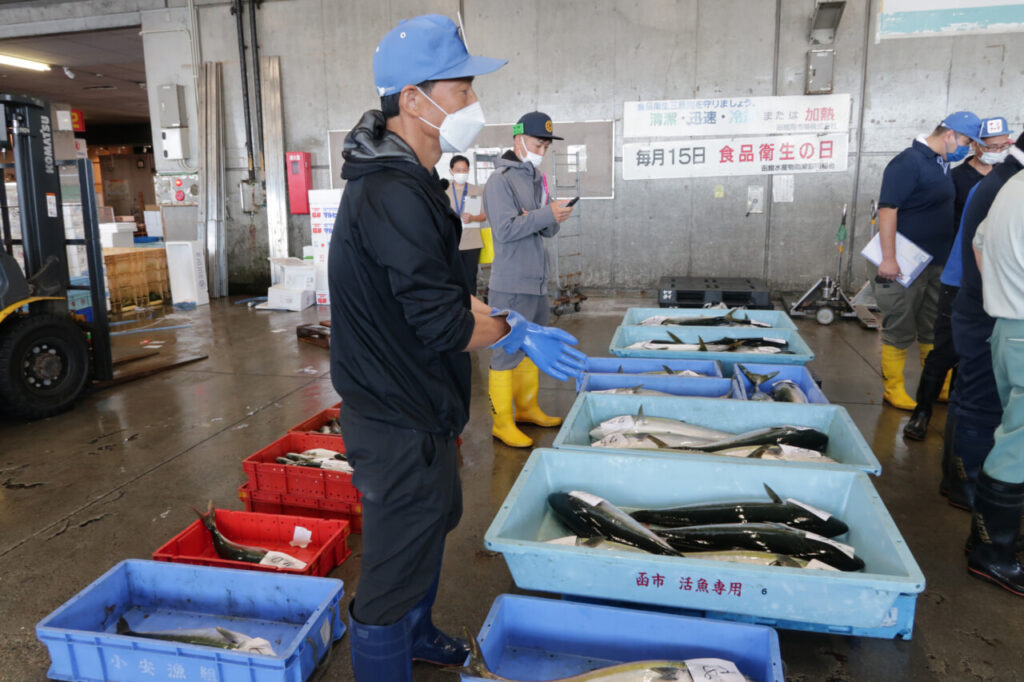
Mr. Kawamura’s freshly selected “Hakodate seafood” is highly acclaimed by food professionals, and he is trusted by them. He often receives requests directly from chefs at three-star restaurants and other famous restaurants.
Many of our customers are from the Japanese and French cuisines, but we serve a wide range of genres,” he says. We also receive orders from Italian and Chinese chefs. For hotels, we take orders based on a month’s menu, and sometimes we call customers when we have good fish. Sometimes we will send the fish after it has been cut, and other times we will deliver the fish as is so that the young chefs can practice their skills. We tailor the delivery to the customer’s needs.”
Kawamura Suisan delivers fish to some of Japan’s leading chefs, but the company was originally a “fish shop in town” that sold fish for household consumption.
He says, “My family ran a traditional fish shop with a small frontage. As time went by, we were pushed out by supermarkets selling reasonably priced fish…” He actively traveled to culinary fairs in search of customers who demanded better quality. Gradually, he succeeded in gaining the trust of chefs at restaurants.
Kawamura Suisan then had a major encounter that would change the future of the company. He was invited by the French Embassy and had the opportunity to meet chefs whose names are known throughout the world.
This encounter led to an increase in media attention as a connoisseur. This encounter led to Mr. Kawamura’s reputation as a connoisseur, which in turn led to his meeting with a number of famous restaurants.
Seafood praised by chefs who demand the finest ingredients
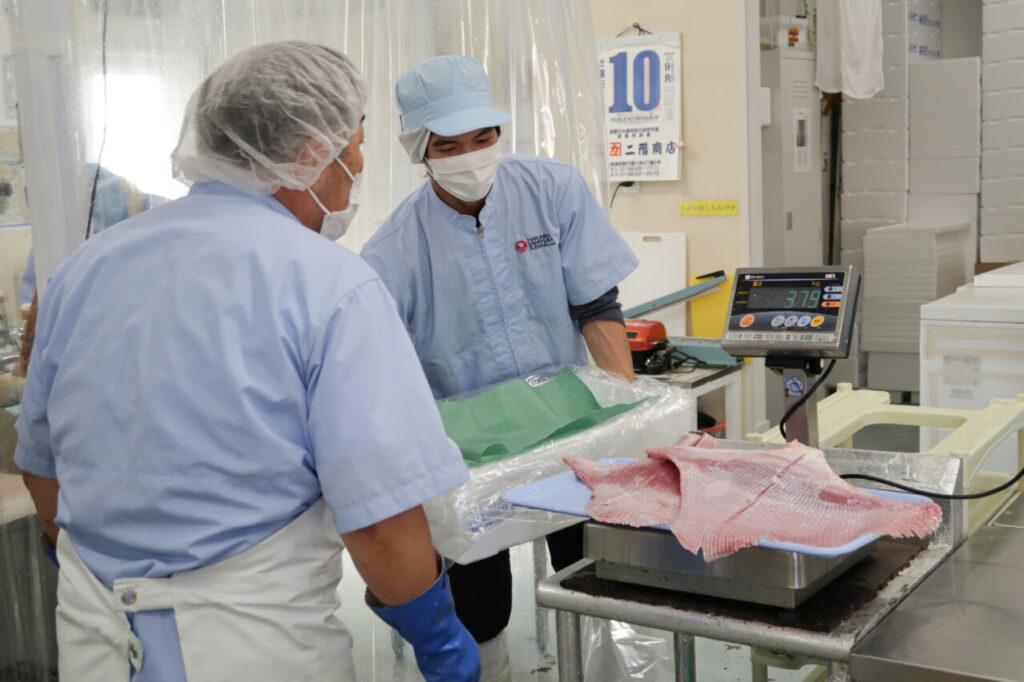
Through Mr. Kawamura’s “selective eye for fish,” the potential of the fish from the port city of Hakodate has become known throughout Japan. Inquiries from restaurants in Tokyo have increased dramatically,” says Kawamura. The number of inquiries from restaurants in Tokyo has increased dramatically,” says Mr. Kawamura, “including two-star restaurants in Ginza and famous hotels. We also receive orders from other areas and genres, such as a two-star French restaurant in Osaka and an Italian restaurant in Hokkaido.
Chefs at famous restaurants are naturally very busy. Mr. Kawamura says that he makes it a point to make suggestions about menus and other items ahead of time so as not to overburden his busy clientele. He is constantly honing his skills in order to offer even better suggestions than what his customers are looking for.
I am not a professional chef, but I have honed my skills in selecting the best ingredients and processing methods to make the fish I catch delicious,” he says. So, I always have an image of the customer in mind when I talk to them in advance about how to serve the fish, what the ingredients are, and how to process them. For example, for flash-frozen fish, it is best to defrost it in the refrigerator at ice temperature. Not everyone knows about this, so we try to inform them. Everyone is a professional who uses a variety of products from all over the world and understands their value, so we put a lot of effort into it,” says Kawamura.
Kawamura says that many chefs were initially reluctant to try the aforementioned “autumn yellowtail.
At first, they all said, ‘Oh, no,’ but I recommended that they use it, thinking they had been tricked. (Laughs.) Then, everyone liked it. I feel grateful for Hakodate’s geographical advantage.
He also rests his fish in an aquarium before sending them to his customers in order to keep them in the best condition. The water temperature is about 14 degrees Celsius at the moment, and about 9 degrees Celsius at the bottom,” he said. The water temperature in tanks at the market is often high, so once the fish are auctioned off, we bring them back to the same temperature as in the ocean and let them rest here. In the winter, we lower the water temperature and increase the amount of oxygen so as not to stress the fish.
Passing on the philosophy of sustainable seafood to future generations
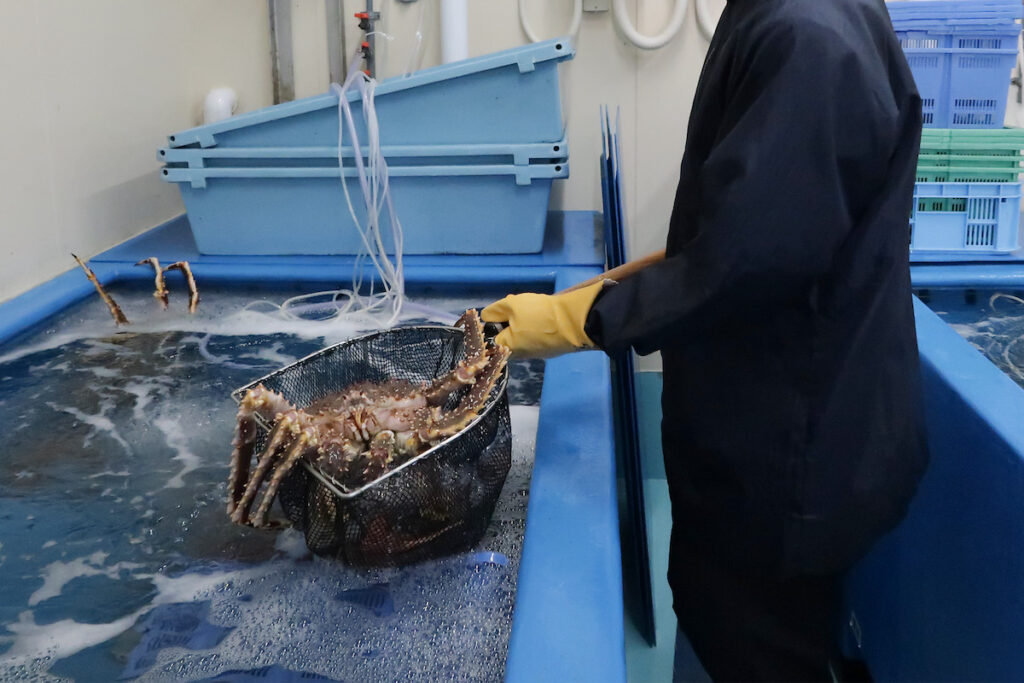
Mr. Kawamura says that he has come to understand the importance of understanding what the “real thing” is when he started working with chefs at many famous restaurants. He says that he has realized anew how wonderful the seafood he has cherished is.
He says, “Chefs at proper restaurants really examine the ingredients and use them carefully. Unfortunately, in the general distribution world, the price is the first thing that comes to mind, and I feel that many people don’t realize the value and quality of such wonderful seafood. Of course, this is partly due to a lack of awareness on our part.”
He suggests that the philosophy of “sustainable seafood” should be shared by all Japanese people in order to convey the benefits of fish to the future and to ensure that we can continue to eat seafood for a long time to come.
My idea of sustainable seafood is that everyone should be aware of the problem. I think we need to rethink how we should add value to fish because there are fewer and fewer fish in the world. Instead of selling everything in large quantities at mass merchandisers, we need to buy fish in a valuable form, using proper fishing methods, and pass it on to people who understand its value.
We want to systematize the concept of sustainable seafood and work with NPOs and other organizations that share this philosophy,
He would like to systematize the concept of sustainable seafood and work with NPOs that share the same philosophy to pass on the culture and culture of the future to the children of the future.
It is my dream to play a part in bringing more people together who know and understand the value of real fish.
I want to convey the value of authenticity through fish in my own territory,” he says. As a connoisseur, Mr. Kawamura heads to the market again this morning in order to connect the future of fish.
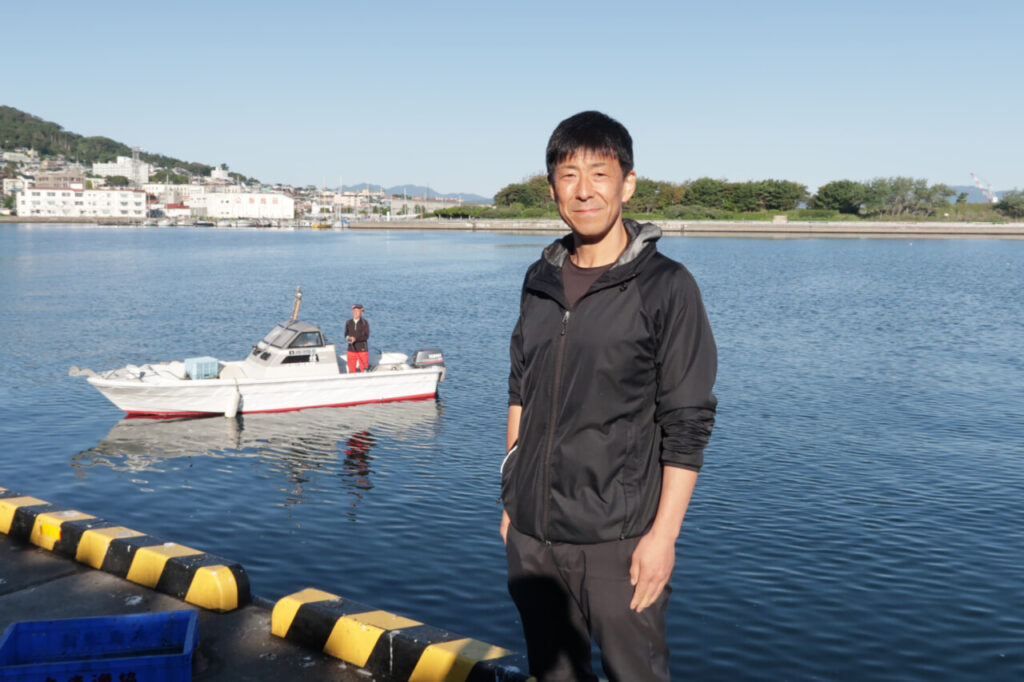
Based on the trust and track record we have built up over the years, we are repeatedly requested by top chefs each season. We have exceeded the expectations of a wide variety of people, from kaiseki restaurants and restaurants to overseas buyers involved in the food business. We invite you to experience for yourself the top quality of our products, which have been trained by the world’s top chefs!



